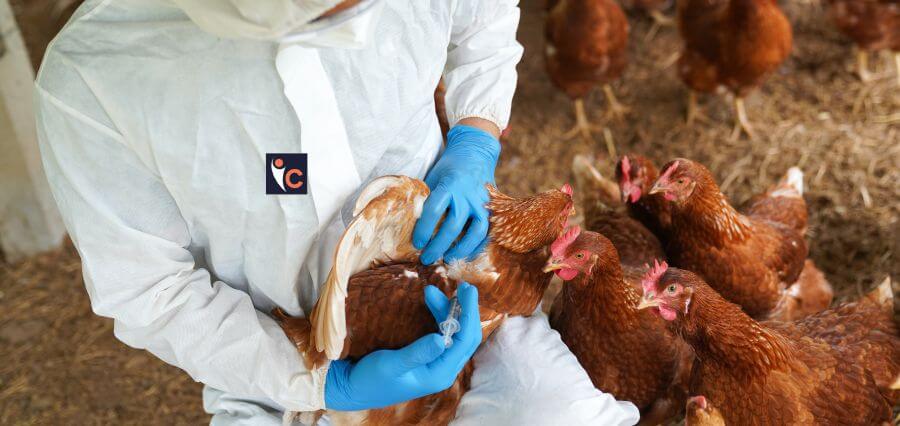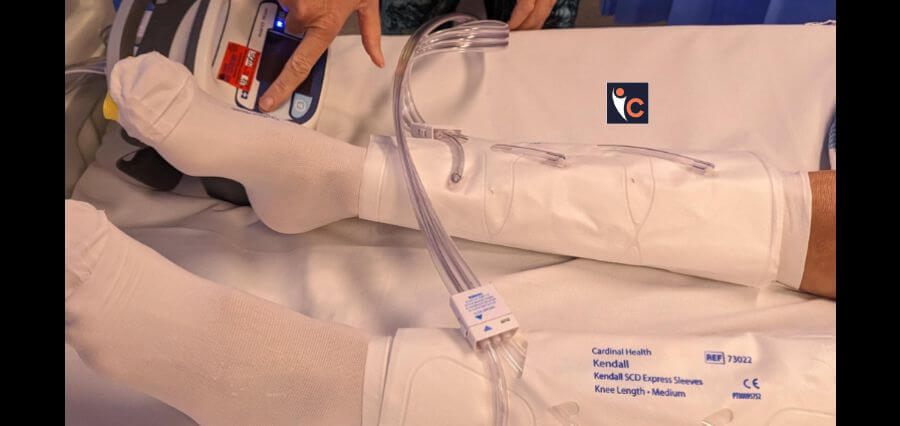Researchers recently studied the Zika virus (ZIKV) in Singapore through entomological, wastewater, and case monitoring studies.
Zika virus belongs to the family Flaviviridae and is spread by mosquitoes. Over the past 20 years, there has been an increase in ZIKV infections and outbreaks across Africa, Asia, the Americas, and the Pacific. After more than a million ZIKV infections were documented in Brazil and the Americas in 2016, the World Health Organization (WHO) declared a public health emergency of worldwide significance. Furthermore, congenital Zika disease and serious neurologic sequelae were linked to infections.
Most infected persons do not exhibit any symptoms; if they do, they may include conjunctivitis, fever, rash, and joint and muscular pain. ZIKV was discovered in Singapore during the 2016–17 outbreak, and subsequent reports of illnesses have been irregular.
The likelihood of ZIKV outbreaks is highlighted by Singapore’s poor population immunity and the availability of skilled vectors, which calls for extensive surveillance and vector control efforts.
Wastewater and entomological surveillance can offer non-intrusive, thorough surveillance, whereas case surveillance is restricted to individuals exhibiting symptoms.
Researchers used entomological, case, and wastewater surveillance of ZIKV in their investigation. In order to establish a conclusive ZIKV case, viral RNA had to be found in whole blood, serum, urine, or semen.
Test services were available to hospitals and primary care clinics, and all instances had to be reported to Singapore’s Health Ministry. The number of ZIKV infections per week and the locations of infection/case clusters were included in the epidemiological data.
Mosquito surveillance was conducted at locations where Zika cases have been reported, such as the area of concern (AOC), its environs, and the neighborhood where cases have occurred sometimes. The National Gravitrap Surveillance System was used to monitor mosquito populations.
At the AOC, more Gravitraps or Biogents (BG)-Sentinel traps were installed. Samples of mosquitoes were gathered and examined. At the species level, adult female Aedes mosquitoes were found. After sample RNA was extracted, real-time reverse transcription polymerase chain reaction (RT-qPCR) was performed.
Additionally, wastewater autosamplers were installed in the AOC’s surrounding area. Ultrafiltration was used to concentrate wastewater samples, after which RNA extraction and RT-qPCR were carried out.
Read More: Click Here















